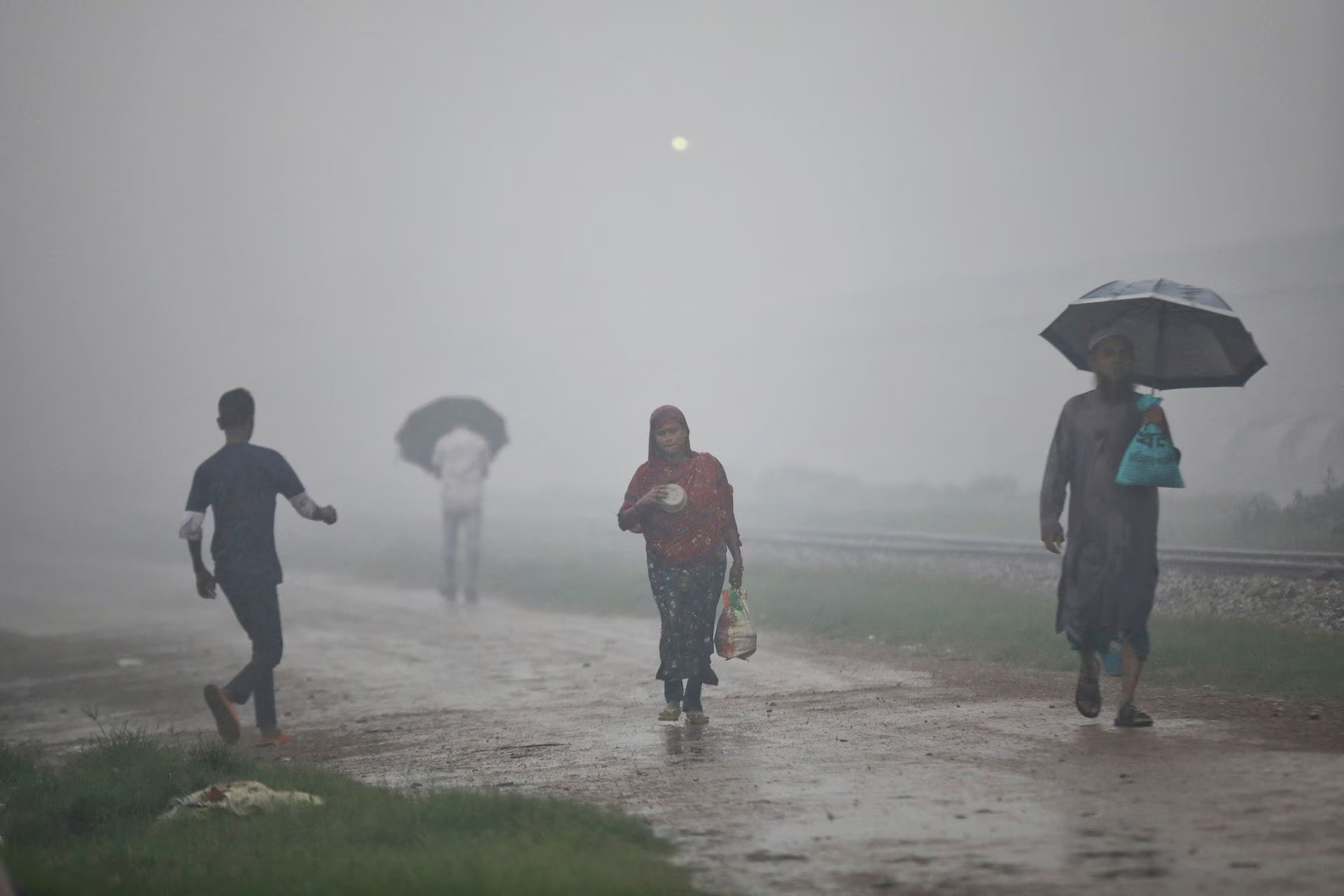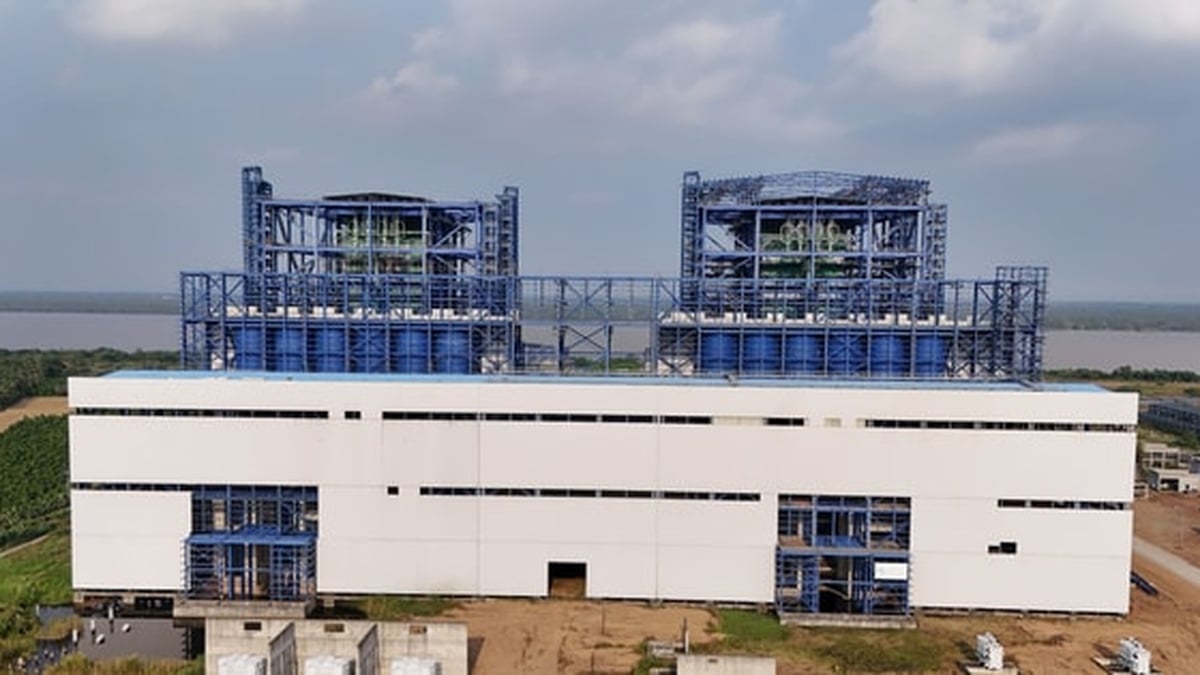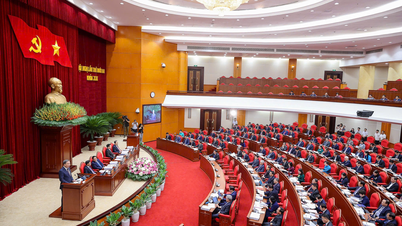About three-quarters of the negative health impacts of air pollution are concentrated in six countries — Bangladesh, India, Pakistan, China, Nigeria and Indonesia, the University of Chicago's Energy Policy Institute (EPIC) said in its "Air Quality of Life Index (AQLI)" report.

Smoke rises from steel factories near a slum amid rain in Dhaka, Bangladesh August 29, 2023. Photo: Reuters
The report estimates that if hazardous airborne particles (PM2.5) were reduced to levels recommended by the World Health Organization (WHO), average life expectancy would increase by 2.3 years worldwide, saving a total of 17.8 billion years of life.
Average pollution levels around the world have fallen slightly over the past decade, but most of the improvement has come from China, where a 10-year “war on pollution” has seen PM2.5 fall by more than 40% since 2013.
“While China has made remarkable progress in combating air pollution, the trend elsewhere in the world is going in the opposite direction,” said Christa Hasenkopf, director of AQLI.
PM2.5 in South Asia has increased by nearly 10% since 2013, she said, cutting average life expectancy in the region by about five years. Rising energy consumption in central and western Africa has also made fine particle pollution a growing health threat, on par with HIV/AIDS and malaria.
Meanwhile, almost the entire Southeast Asia region is now considered to have “unsafe levels of pollution”, with average life expectancy reduced by 2-3 years.
China's average PM2.5 concentration stood at 29 micrograms/m3 in 2022, but was still significantly higher than the WHO recommendation of 5 micrograms.
While improvements in China have helped raise average life expectancy by 2.2 years since 2013, this figure could increase by another 2.5 years if the country meets WHO standards.
“We still haven’t solved air pollution, although the example of China shows us that this is a solvable problem,” says Hasenkopf.
Mai Anh (according to Reuters)
Source































































































![[Infographic] In 2025, 47 products will achieve national OCOP](https://vphoto.vietnam.vn/thumb/402x226/vietnam/resource/IMAGE/2025/7/16/5d672398b0744db3ab920e05db8e5b7d)







Comment (0)